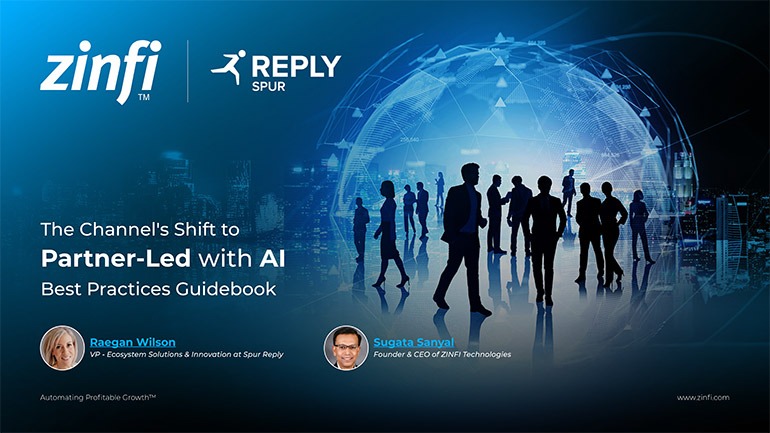Best Practices Articles
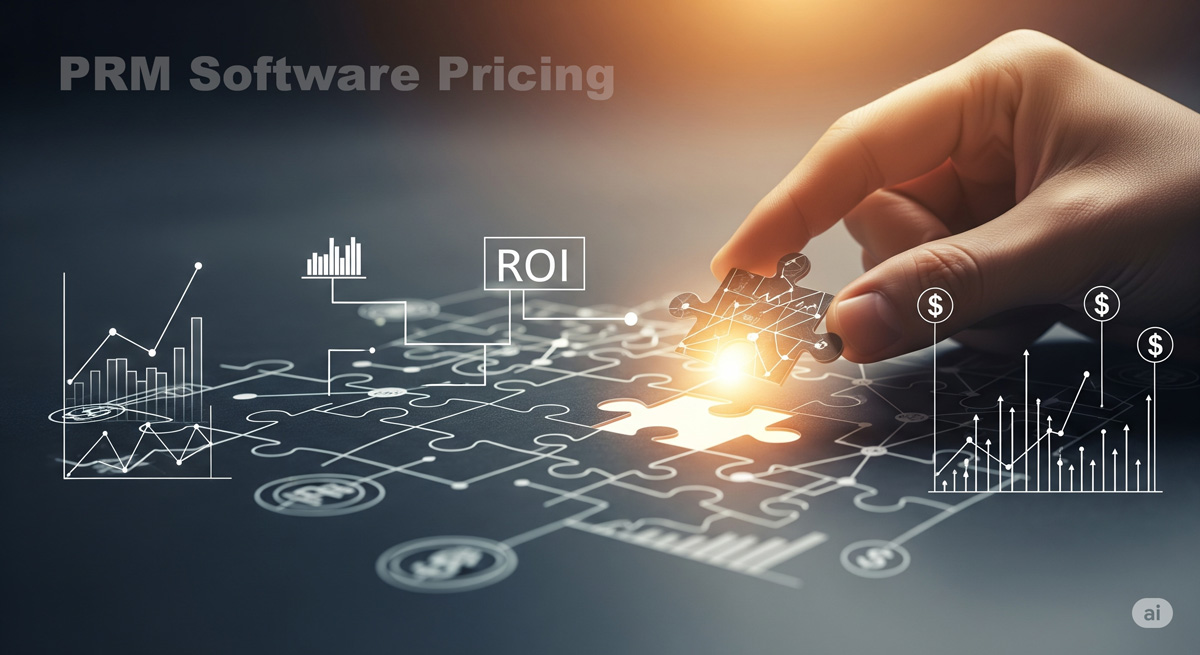
Deciphering the Investment: A Guide to PRM Software Pricing
How do companies work with their partners, like resellers or referral agents? Many businesses use Partner Relationship Management (PRM) software to make these relationships stronger and more effective. It's a smart move that can boost a company's channel program. However, a big question often arises: "How much does PRM software cost?"
Unfortunately, there's no simple answer. The price of PRM software changes greatly depending on the company selling it, the features you need, and how many partners you have. This guide will simplify PRM software pricing, explaining how companies charge, how much it typically costs, and what affects your total investment. Understanding these details helps you plan your budget well and ensures you get great value from your PRM software investment.
Common Ways PRM Software Companies Charge You
PRM software companies usually have different ways to set their prices, and each impacts your budget.- Per Partner / Per Active Partner: Imagine you pay a fee for every partner company that signs up to use the system. More commonly, you pay for each active partner in a specific period, like partners registering deals each month.
- Good points: The cost increases as your channel grows, which makes sense. It can be budget-friendly for smaller partner programs that are more focused.
- Things to watch out for: The cost can add up quickly if you have many partners, even those who aren't very active. Also, figuring out what "active" means can sometimes be tricky.
- Per User / Internal User: With this method, you pay for each of your employees who will actively use the PRM system, like your channel managers or sales team. Partners accessing the partner portal might have unlimited access or a lower price.
- Good points: Your costs are predictable if your internal team stays the same size.
- Things to watch out for: This method doesn't directly show your partner network's size. The costs can increase if any of your internal team members need access.
- Tiered or Package-Based Pricing: Companies offer different subscription levels, like "Standard," "Professional," or "Enterprise." Each level has various features, support, and limits, like the number of partners or storage space. Higher levels unlock more advanced tools.
- Good points: You have a clear path to upgrade as your needs grow. These often combine essential features for a complete solution.
- Things to watch out for: You might pay for features you don't immediately need in a higher tier or find essential tools hidden behind a more expensive package.
- Module-Based Pricing (Add-ons): A basic fee covers the main PRM software features, and then you buy extra features as separate add-on modules. These might include managing marketing funds (MDF), advanced reports, or automated marketing for partners.
- Good points: You can build a solution that's just right for your needs and only pay for what you use. This works well for businesses with precise requirements.
- Things to watch out for: It can be hard to guess the cost upfront if you need many modules. The starting price might seem low, but add-ons can quickly increase the total.
- Custom / Enterprise Pricing: For large companies with complex needs, many partners, or special integration requirements, vendors often provide custom price quotes.
- Good points: The solution is perfectly designed for your exact needs.
- Things to watch out for: This pricing is less transparent and requires direct discussions, usually applying to the most expensive options.
- Revenue Share / Performance-Based (Less Common for Core PRM): This is more common for affiliate programs where the vendor takes a percentage of the money made through the platform. It's not as common for complete PRM solutions.
- Good points: The vendor's cost is tied to your success.
- Things to watch out for: It can be hard to predict the exact costs and might not fit all channel models.
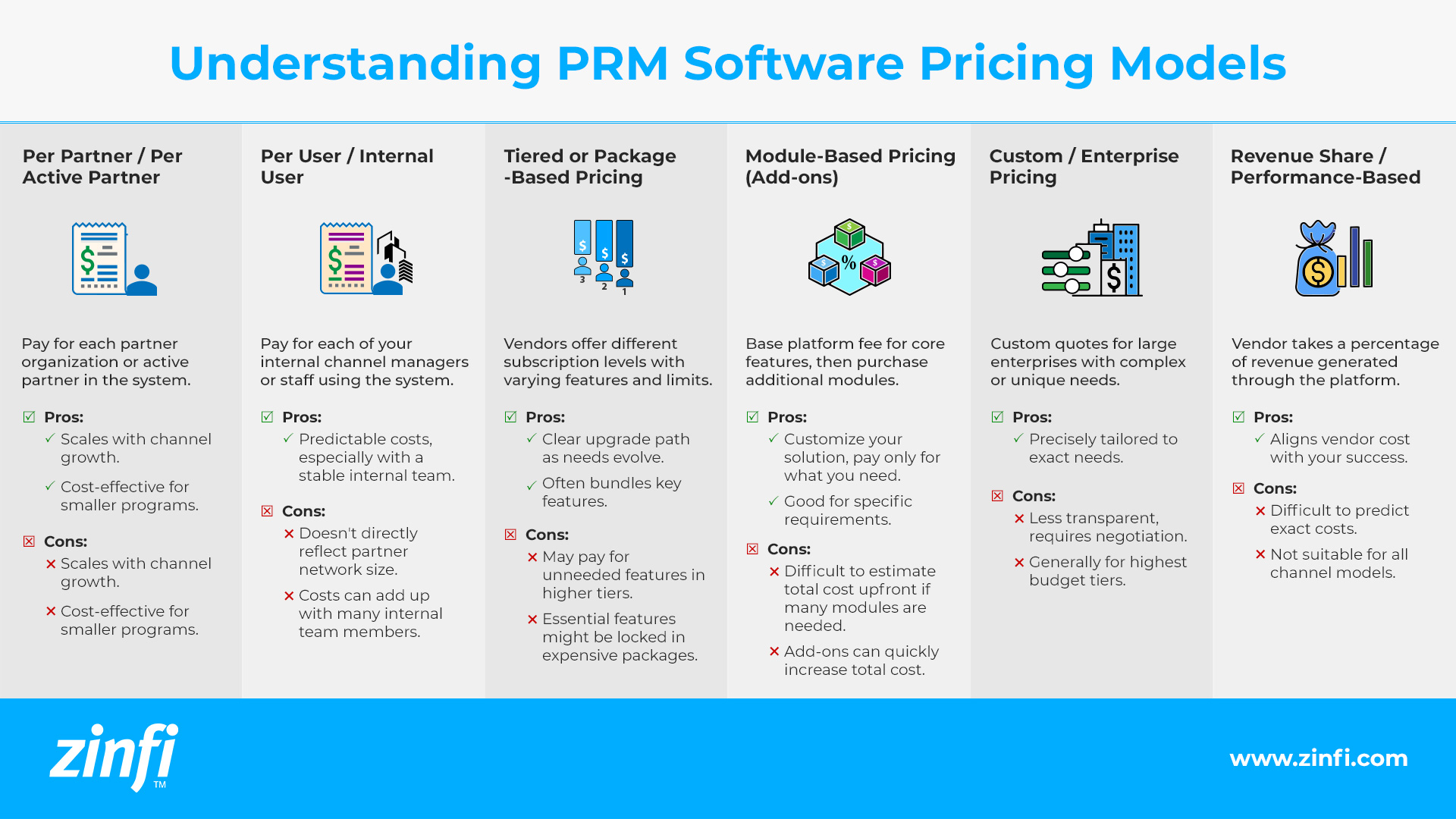
What Affects PRM Software Costs?
Beyond the pricing model, several essential things significantly impact your total PRM software investment.- Number of Partners & Users: This is often the most significant factor. More partners (especially active ones) or more of your internal users usually mean a higher subscription fee.
- Features & What It Can Do:
- Basic PRM: Most basic plans include essential features like partner portals, deal registration, and managing content.
- Advanced Features: Things like strong Learning Management Systems (LMS), advanced Market Development Funds (MDF) management, detailed analytics, and complete Through-Channel Marketing Automation (TCMA) capabilities often cost extra or come as add-ons.
- Customization: The more you need to change workflows, branding, or specific functions, the higher the cost.
- Integration Needs:
- Standard Integrations: Connectors already built for popular systems like Salesforce, HubSpot (for customer management), or marketing automation platforms are usually included or available as standard add-ons.
- Custom Integrations: If you need to connect with your unique systems or require complex data mapping, expect higher setup costs and possibly ongoing maintenance fees. Poor planning for integrations can lead to high hidden costs because of delays, insufficient data, and more IT support needs.
- Setup & Onboarding Services: Many vendors charge a one-time fee for setting up the system, configuring it, moving your data, and providing initial training. This can range from a few thousand dollars for simple setups to tens of thousands (or more) for big company-wide rollouts. The amount of professional help and dedicated support during setup will affect this cost.
- Support & Maintenance: Most subscriptions include standard support, but better support options (like 24/7 access, a dedicated account manager, or faster response times) often come with an extra cost.
- Contract Length: Vendors might offer discounts if you commit to more extended periods, like paying annually instead of monthly or signing multi-year contracts.
- Vendor Reputation & Market Position: Well-known, established vendors often charge more because they have many features, proven reliability, and firm support.
- Scalability: A solution built for huge companies will naturally be more expensive than one made for small businesses, even if you start small.
Typical Cost Estimates for PRM Software (2024-2025)
It's tough to give exact numbers, but here are some general estimates for monthly or yearly licensing fees (this doesn't include setup costs, which are usually one-time):
- Small Businesses / Startups (up to about 50 partners): You might find basic monthly solutions ranging from $300 to $1,500. Some even offer free options with minimal features. For example, PartnerPortal.io has free and paid plans starting at around $600/month, and Kiflo is about $360/month for a "Scale" package.
- Mid-Market Businesses (around 50-500 partners): Prices here vary greatly, often from $1,500 to $5,000+ per month. This range includes comprehensive platforms with more advanced features like strong MDF management, deeper integrations, and advanced analytics. Vendors like ZINFI, Allbound, and Impartner might fall into this range, often with custom pricing.
- Enterprise-Level Businesses (500+ partners, complex needs): For large, global organizations with many partners and complex requirements, annual licensing fees can range from $5,000 to $20,000+ monthly or even hundreds of thousands of dollars annually. Solutions like Salesforce PRM (built on their large platform) and ZINFI UPM typically serve this segment with custom enterprise pricing.
ZiftONE, do not publicly share their pricing. They prefer to give custom quotes after understanding your specific needs. This is because their solutions are highly customizable, and a single "one-size-fits-all" price would be misleading.
Beyond the License: Calculating Your Total Ownership Cost (TCO)
When looking at PRM software, it's essential to look past the monthly or yearly licensing fee and calculate the Total Cost of Ownership (TCO). TCO includes:
- License Fees: The regular cost of the software.
- Implementation Fees: One-time costs for setup, configuration, moving your data, and initial training.
- Customization Costs: If you need special features or unique integrations.
- Integration Costs: Both the initial setup and ongoing maintenance for complex integrations.
- Training Costs: For your team and your partners.
- Support & Maintenance Costs: Any premium support plans or ongoing services.
- Internal Resource Costs: The time and effort your team puts into setting up the system, managing it regularly, and supporting partners.
- Opportunity Costs: The cost of not using PRM software (for example, lost money because of poorly managed channels or partners leaving).
Getting the Most from Your PRM Software Investment: Beyond the Price Tag
While cost is essential, the real value of PRM software comes from its ability to help you achieve measurable business results. To get the most return on your investment, think about these points:
- Partner Engagement: A PRM system partners use will quickly pay for itself by helping them sell more. Focus on how easy it is and whether it provides relevant information.
- Efficiency Gains: Figure out how much time you save by automating tasks that used to be done manually, like onboarding new partners, registering deals, or processing marketing funds. These savings can quickly balance out the software cost.
- Increased Channel Revenue: A well-managed channel can significantly boost sales. Track the revenue partners generate, their deals' size, and win rates to demonstrate direct return on investment.
- Reduced Channel Conflict: Clear deal registration and lead management can save valuable sales time and make partners happier.
- Improved Data & Insights: Being able to make decisions about your channel strategy based on data can lead to optimized programs and better use of resources.
- Vendor Partnership: A vendor who offers not just software but also strategic advice (like ZINFI's PartnerOps framework) can help ensure you set up and use your PRM software in the best way for maximum impact. They can guide you through strategizing, recruiting, onboarding, enabling, co-marketing, co-selling, incentivizing, and accelerating your channel program.
In conclusion, PRM software pricing involves many different aspects. Do not let the lowest price be the only thing that sways you. Instead, focus on understanding your specific needs, calculating the total cost of ownership, and evaluating how each solution can provide measurable value and a strong return on your investment. Ultimately, PRM can transform your channel from just a cost into a powerful engine for growth.
Best Practices Guidebook
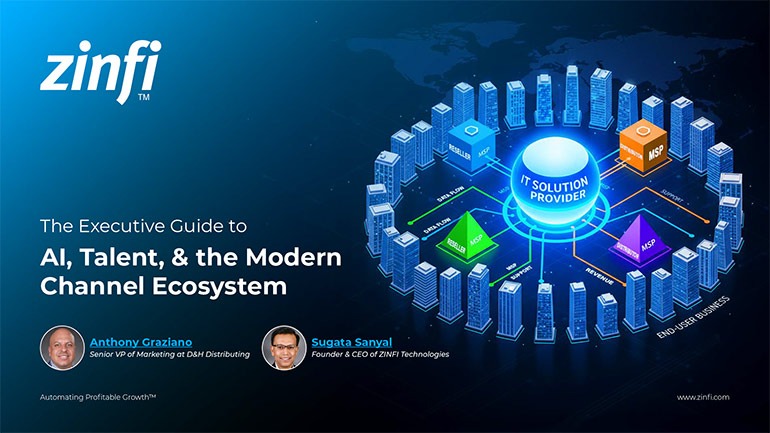 Modernizing Channel Marketing: AI and Ecosystem Enablement Best Practices
Modernizing Channel Marketing: AI and Ecosystem Enablement Best PracticesDownload for FREE
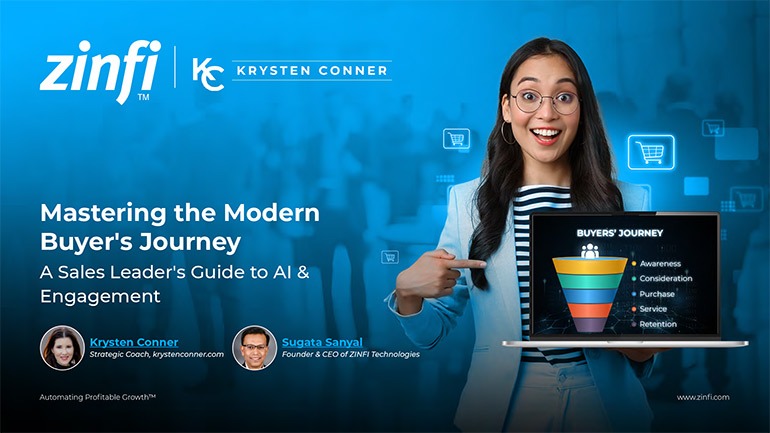 The Channel’s Shift to Partner-Led With AI Best Practices
The Channel’s Shift to Partner-Led With AI Best PracticesDownload for FREE
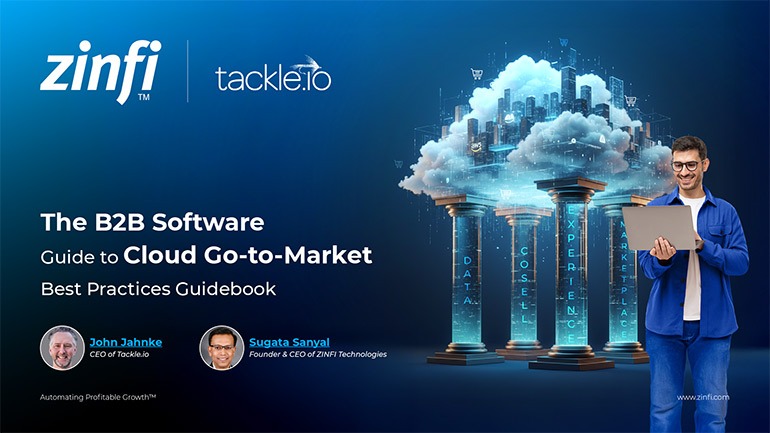 Hyperscalers, ISVs, and AI: Shaping the Future of B2B Software Distribution
Hyperscalers, ISVs, and AI: Shaping the Future of B2B Software DistributionDownload for FREE
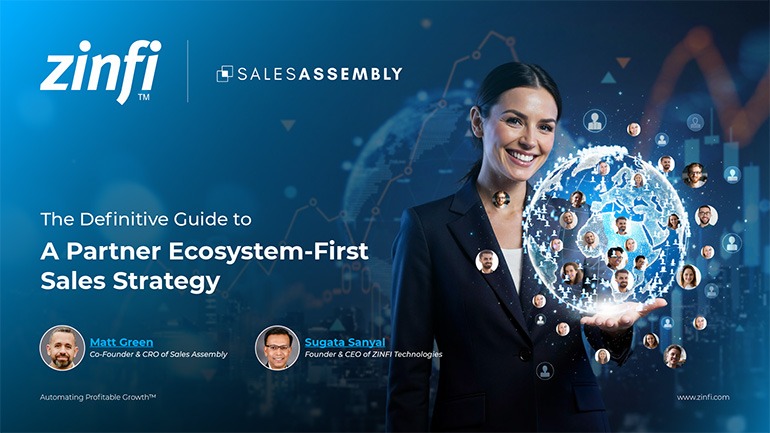 Definitive Guide to a Partner Ecosystem-First Sales Strategy
Definitive Guide to a Partner Ecosystem-First Sales StrategyDownload for FREE
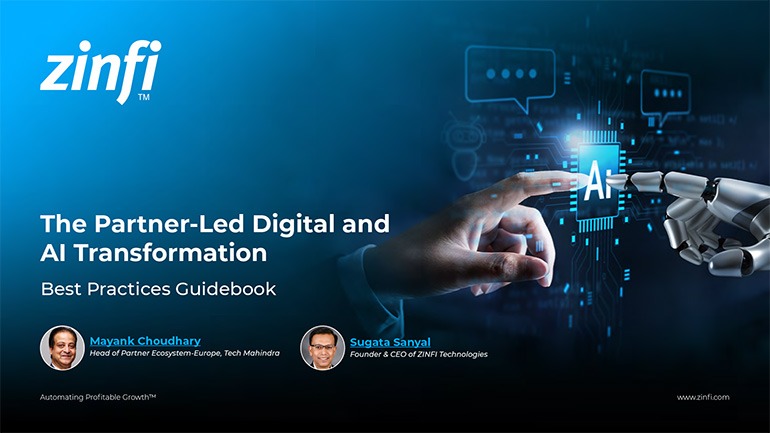 The Partner-Led Digital and AI Transformation Best Practices
The Partner-Led Digital and AI Transformation Best PracticesDownload for FREE
 Startup Talent Recruitment: Hiring Missionaries, Not Mercenaries
Startup Talent Recruitment: Hiring Missionaries, Not MercenariesDownload for FREE
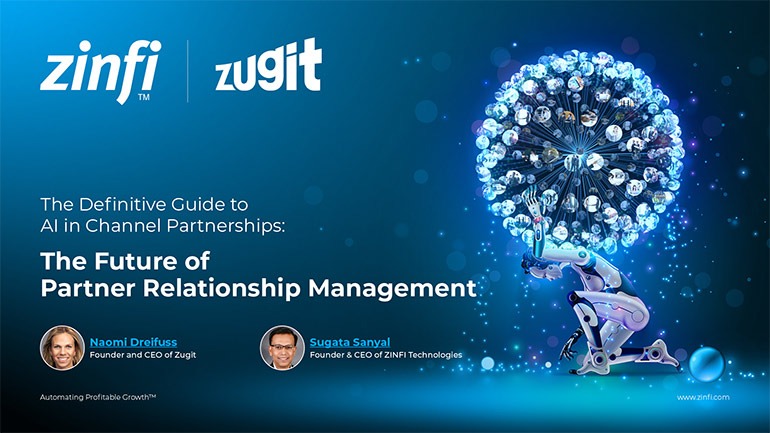 The Future of Partner Relationship Management with AI in Partnerships
The Future of Partner Relationship Management with AI in PartnershipsDownload for FREE
 Cybersecurity for the 99%: Strategies from the Frontline
Cybersecurity for the 99%: Strategies from the FrontlineDownload for FREE
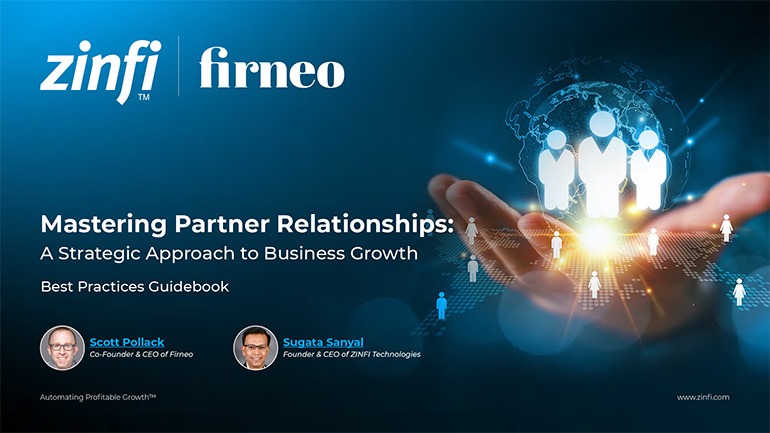 Mastering Partner Relationships: A Strategic Approach to Business Growth
Mastering Partner Relationships: A Strategic Approach to Business GrowthDownload for FREE
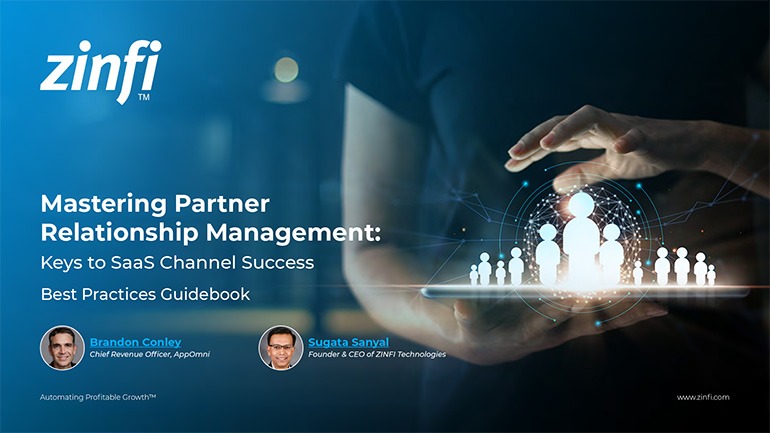 Mastering Partner Relationship Management: Keys to SaaS Channel Success
Mastering Partner Relationship Management: Keys to SaaS Channel SuccessDownload for FREE
 Navigating the AI Revolution: Guide for Partners in the Microsoft Ecosystem
Navigating the AI Revolution: Guide for Partners in the Microsoft EcosystemDownload for FREE
 Mastering the Modern Buyers Journey: Sales Leader’s Guide to AI & Engagement
Mastering the Modern Buyers Journey: Sales Leader’s Guide to AI & EngagementDownload for FREE

